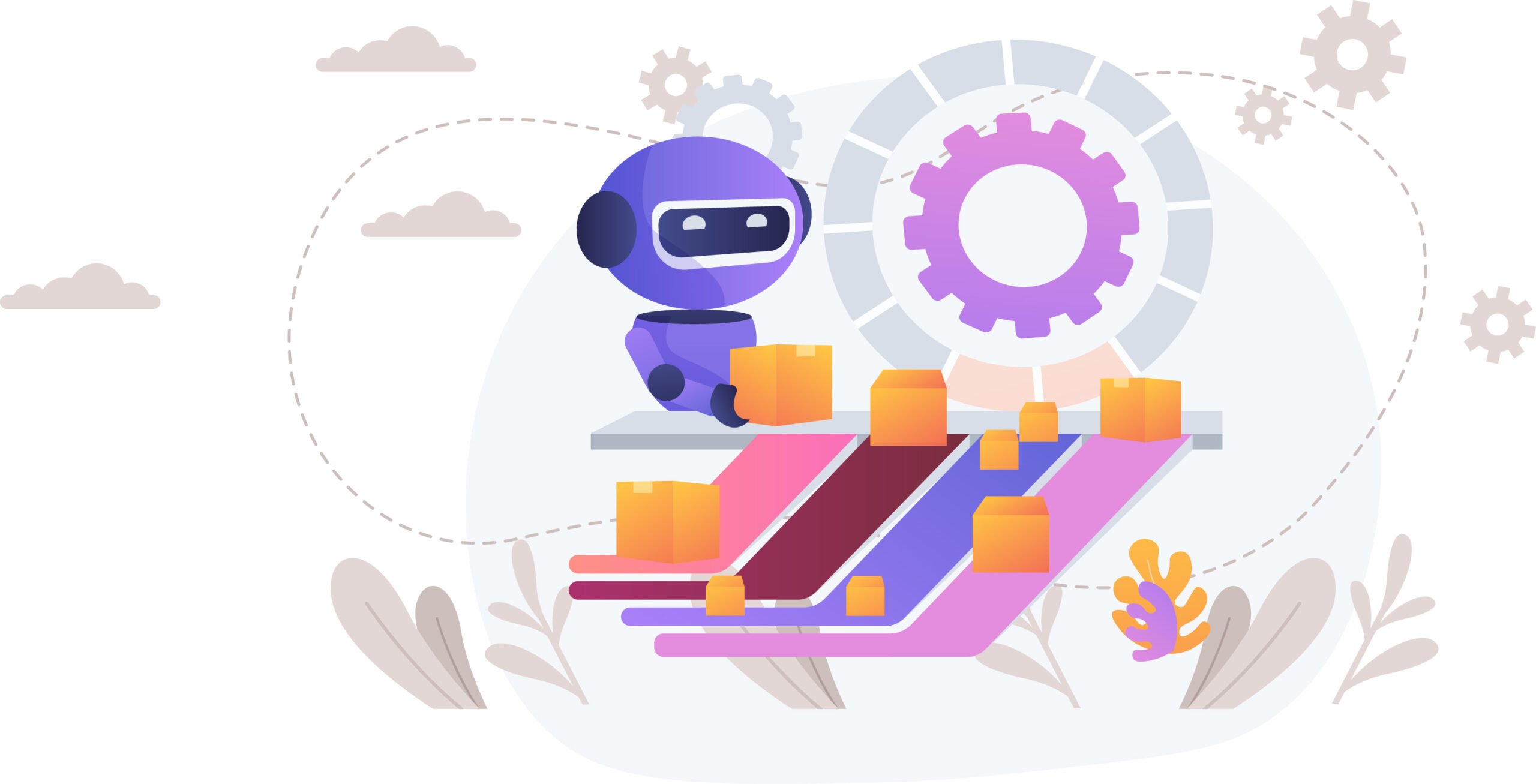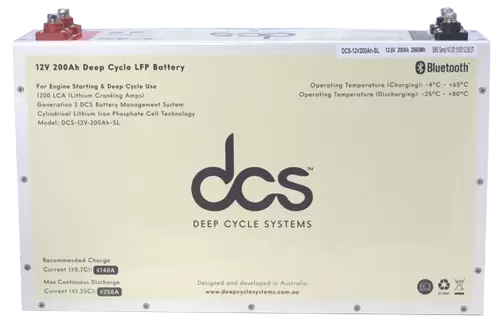
Understanding & Building Blocks of Jenkins Architecture
In the realm of continuous integration and continuous delivery (CI/CD), Jenkins stands as a cornerstone tool for automating the software development process. At Bluetris Technologies, we recognize the pivotal role Jenkins plays in streamlining development workflows and accelerating the delivery of high-quality software. In this comprehensive guide, we embark on a journey to unravel the intricate architecture of Jenkins, exploring its fundamental building blocks and shedding light on how they work together to power seamless CI/CD pipelines.
Introduction to Jenkins:
Jenkins, an open-source automation server, empowers developers to automate various aspects of the software development lifecycle, including building, testing, and deploying applications. With its extensive plugin ecosystem and robust features, Jenkins has become the go-to choice for organizations seeking to adopt CI/CD practices. At Bluetris Technologies, we leverage Jenkins to enable faster iterations, improved collaboration, and higher software quality for our clients.
Understanding Jenkins Architecture:
Jenkins’ architecture is modular and extensible, designed to accommodate a wide range of use cases and configurations. At its core, Jenkins consists of several key components, each serving a specific purpose in the CI/CD pipeline.
Master Node: The master node is the central controller in the Jenkins architecture. It manages the execution of build jobs, schedules tasks, and distributes workload across multiple worker nodes. The master node hosts the Jenkins web interface, where users can configure jobs, view build results, and access administrative functions.
Worker Nodes (Agents): Worker nodes, also known as agents, are slave machines that execute build jobs delegated by the master node. By offloading tasks to distributed worker nodes, Jenkins enables parallel execution of builds, improving efficiency and scalability.
Executors: Executors are execution units responsible for running individual build tasks on worker nodes. Each executor can handle one build job at a time, and multiple executors can run concurrently on a single worker node.
Plugins: Plugins extend the functionality of Jenkins by adding new features, integrations, and capabilities. Jenkins boasts a vast ecosystem of plugins covering various use cases, including source code management, build triggers, testing frameworks, and deployment tools. At Bluetris Technologies, we leverage plugins to tailor Jenkins to our clients’ specific requirements and integrate seamlessly with their existing tools and processes.
Key Concepts in Jenkins Architecture:
Jobs: Jobs represent individual tasks or workflows in Jenkins. They encapsulate the steps required to build, test, and deploy software applications. Jenkins supports various types of jobs, including freestyle projects, pipeline jobs (defined using Jenkinsfile), and multi-configuration projects.
Build Pipeline: A build pipeline is a series of interconnected jobs that represent the stages of the CI/CD process. Each stage in the pipeline corresponds to a specific phase in the software delivery lifecycle, such as code compilation, unit testing, integration testing, and deployment. Jenkins provides robust support for defining and visualizing build pipelines, allowing teams to gain insights into the progress and status of their builds.
Schedulers: Schedulers are responsible for triggering build jobs based on predefined criteria, such as time-based schedules, code commits, or external events. Jenkins offers flexible scheduling options, allowing users to configure periodic builds, on-demand builds, or triggered builds based on changes in version control repositories.
Artifacts: Artifacts are the output files generated during the build process, including compiled binaries, test reports, and documentation. Jenkins provides built-in support for archiving and managing artifacts, enabling teams to track and version artifacts across different builds and deployments.
Best Practices for Jenkins Architecture:
Scalability: Design your Jenkins architecture with scalability in mind to accommodate growing workloads and concurrent build demands. Distribute build tasks across multiple worker nodes to leverage parallelism and improve performance.
High Availability: Implement redundancy and failover mechanisms to ensure high availability of the Jenkins master node. Use load balancers, clustering, and backup strategies to minimize downtime and maintain continuity of service.
Security: Harden your Jenkins installation by enforcing authentication, authorization, and encryption mechanisms. Limit access to sensitive resources, such as administrative functions and build artifacts, to authorized users only. Regularly update Jenkins and its plugins to patch security vulnerabilities and mitigate risks.
Monitoring and Logging: Implement monitoring and logging solutions to track the health, performance, and usage metrics of your Jenkins infrastructure. Monitor system resources, build queues, and job execution times to identify bottlenecks and optimize resource allocation.
Conclusion:
In conclusion, understanding the architecture of Jenkins is essential for harnessing its full potential in automating CI/CD workflows. At Bluetris Technologies, we recognize Jenkins as a cornerstone tool in our arsenal for delivering high-quality software efficiently and reliably. By dissecting the building blocks of Jenkins and adhering to best practices in architecture design and implementation, organizations can unlock new levels of productivity, agility, and innovation in their software development processes. Embrace Jenkins as the linchpin of your CI/CD strategy, and propel your software delivery capabilities to new heights of success.
If you want to outsource your IT Services then reach Bluetris Technologies. A service based IT Company provided all IT Services and also outsource staff.
Read More on: Posttrackers


